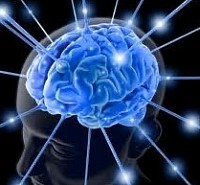Brainspotting
According to therapist and creator David Grand, the direction in which people look or gaze can affect the way they feel.
During brainspotting, therapists help people position their eyes in ways that enable them to target sources of negative emotion. With the aid of a pointer, trained brainspotting therapists slowly guide the eyes of people in therapy across their field of vision to find appropriate “brainspots,” with a brainspot being an eye position that activates a traumatic memory or painful emotion.
Practitioners of the procedure believe it allows therapists to access emotions on a deeper level and target the physical effects of trauma
It is believed that BSP taps into and harnesses the body’s natural self-scanning, self-healing ability. When a Brainspot is stimulated, the deep brain appears to reflexively signal the therapist that the source of the problem has been found..
There is increasing evidence that trauma is “stored” in the body and that it can alter the way the brain works. Trauma can, for example, have an effect on emotions, memory and physical health. Brainspotting seems to activate the body’s innate ability to heal itself from trauma.
While a therapist may attempt to access both the physical and emotional “locations” of negative emotions, brainspotting therapists use something called “dual attunement,” a process through which the therapist simultaneously attunes to the therapeutic relationship as well as the brain-body response of the person in therapy. There is some evidence that brainspotting works primarily on the limbic system, a collection of brain structures that play a role in emotion, long-term memory, cognition, motivation, impulse control, and several other psychological factors that can affect well-being.

